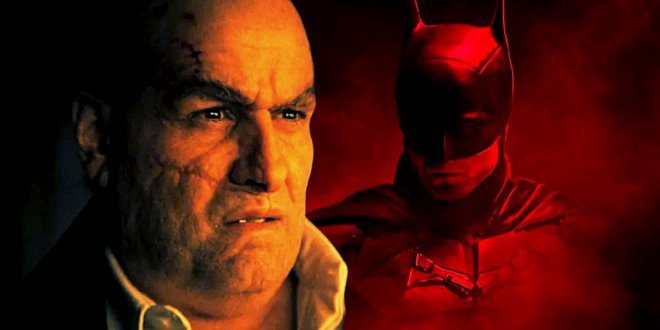NASA Astronaut Explains What GOTG 3 Got Wrong About Star-Lord Almost Dying In Space
Summary
In an interview with Vanity Fair, retired NASA astronaut and engineer Chris Hadfield breaks down the accuracy of various movies, including Guardians of the Galaxy Vol. 3. Although Star-Lord's future in the MCU is thoroughly in doubt while he's dying in space, Hadfield explains that someone could survive in space for about 30 seconds.
Hadfield goes into detail about what would actually happen to a person stranded in space without a space suit, explaining they'd only be conscious for about 15 seconds, and after 90 seconds, they'd suffer irreparable damage to their body that would result in death. Read his full comments below.
[圖擷取自網路,如有疑問請私訊]
- According to retired NASA astronaut Chris Hadfield, someone could survive in space without a spacesuit for about 30 seconds before suffering irreversible damage and death due to lack of oxygen.
- After about 15 seconds, a person left unprotected in space would lose consciousness due to lack of oxygen in the blood that reached the brain.
- While the portrayal of Star-Lord's face swelling in Guardians of the Galaxy Vol. 3 is exaggerated, it adds realism and emotional impact to the scene, making the movie more scientifically accurate than the first Guardians of the Galaxy film.
In an interview with Vanity Fair, retired NASA astronaut and engineer Chris Hadfield breaks down the accuracy of various movies, including Guardians of the Galaxy Vol. 3. Although Star-Lord's future in the MCU is thoroughly in doubt while he's dying in space, Hadfield explains that someone could survive in space for about 30 seconds.
Hadfield goes into detail about what would actually happen to a person stranded in space without a space suit, explaining they'd only be conscious for about 15 seconds, and after 90 seconds, they'd suffer irreparable damage to their body that would result in death. Read his full comments below.
Our best guess is that you can live outside of a spaceship without a space suit for 30 seconds really no problem. But beyond about a minute and a half, there's gonna be stuff [that] happens to you that does permanent, irreversible and deathly damage. Ninety seconds and you're a satellite.
Within about 15 seconds, all the oxygen that is in your blood will have now come through your lungs the other way, and you will have breathed it out. So in about 15 seconds, you have blood without enough oxygen in it, and when it gets up to your brain, you'll go unconscious.
You can see his face swelling up—that's real. If you popped your helmet off in space, sure your lungs would sort of collapse, but also your blood would fizz like opening a can of Coke. Release the pressure and suddenly there's bubbles in your blood and in your cheeks and in all of your flesh. And you're gonna swell up. Not as much as he's swelling up here.
Suddenly he's got frost on his face—it wouldn't happen like that. There's no water on your face. It's not gonna instantaneously freeze. You got a lotta thermal mass, it's like sticking a big roast in the freezer. It doesn't instantaneously freeze, it takes a while. Most of the stuff that's happening [is] inside your body, but it's really hard to show that to the movie audience, so that's why they sort of exaggerated what's happening to his face.
I think it would've been better if this had happened to Groot. I think Groot would've just like flown out of that one ship and gone, "Groot!" And then been on board the other ship, and it wouldn't have been any big deal.
[圖擷取自網路,如有疑問請私訊]
|
本篇 |
不想錯過? 請追蹤FB專頁! |
| 喜歡這篇嗎?快分享吧! |
相關文章
tag_marvel




















